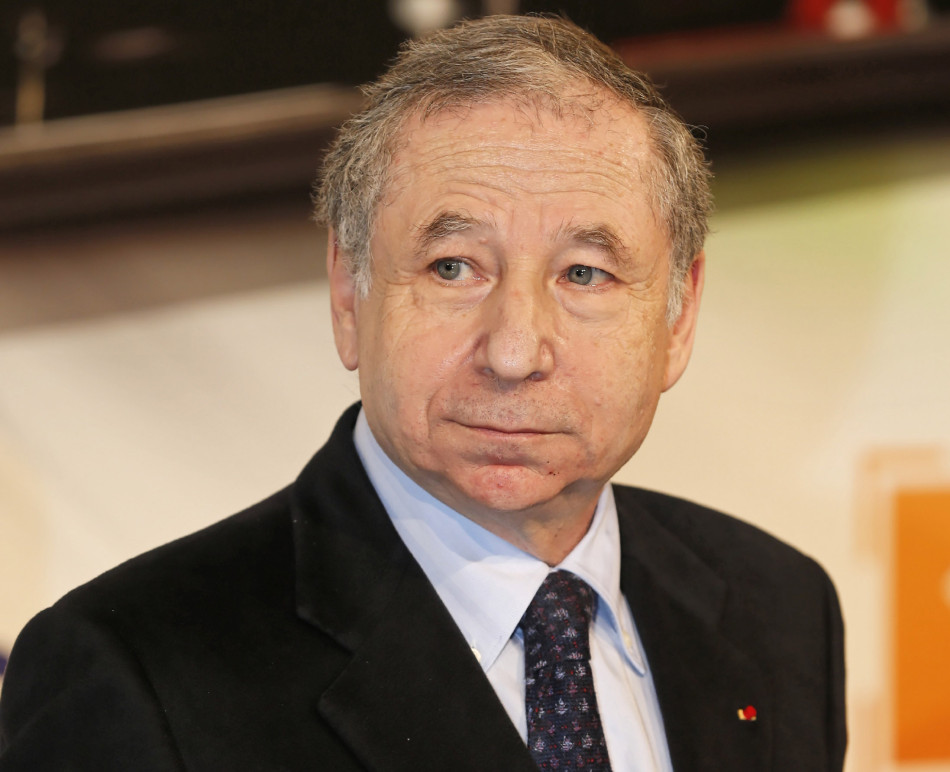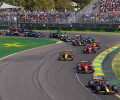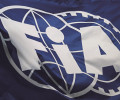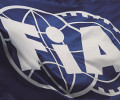Todt stresses progress on safety at Imola ’94 commemoration

As thousands of motor sport fans flocked to Imola’s Autodromo Enzo e Dino Ferrari to commemorate Ayrton Senna and Roland Ratzenberger on the 20th anniversary of the drivers’ fatal accidents at the circuit, FIA President Jean Todt delivered a message stressing the importance of continuing the drive for safety in racing and on the world’s roads.
In an address read by Angelo Sticchi Damiani, the President of the Automobile Club D’Italia, the FIA President said that the four-day commemoration in honour of three-time F1 legend Senna and Austrian racer Ratzenberger was important as it not only allowed fans to celebrate the drivers’ achievement but also served as a reminder that safety developments must pursued at all times.
“Looking back at the tragic events of 20 years ago reminds us that no matter how much we may feel that motor sport safety has reached an exemplary level, no matter how secure we may feel that injuries and fatalities are a thing of the past, the battle for completely safe racing is never won and that we must continue to fight for improvements every day,” said President Todt.
The deaths of Senna and Ratzenberger brought to an end a 12-year period in which Formula One had suffered no fatalities at grands prix but the FIA President explained that while many improvements occurred in the years prior to the events of May 1994, the deaths of the two drivers during the San Marino Grand Prix weekend had sparked an even greater driver for safety in motor sport.
'The battle for completely safe racing is never won
and that we must continue
to fight for improvements every day.'
FIA President, Jean Todt
“The untimely deaths of these two superb sportsmen served as a wake-up call for all of us,” he said, “and perhaps the greatest legacy of Ayrton and Roland is that in wake of that dark weekend in 1994, the pursuit of safer motor sport, in all its forms, received greater impetus than ever before. Indeed, the high range of improvements made over the past two decades is among the most significant seen in our sport.”
Highlighting the work conducted by the FIA in the two decades since F1’s last fatalities, including the introduction of the HANS safety device, improvements to circuits and ever more stringent technical regulations promoting driver protection, President Todt added that the “hard work has paid off”.
“Cars and circuits are now safer than ever before,” he said. “Even in the event of violent accidents such as those that befell Michael Schumacher at Silverstone in 1999, Robert Kubica in Montreal in 2007, Felipe Massa in Budapest in 2009 and Mark Webber in Valencia in 2010, the technologies Formula One has instituted have ensured that such horrific incidents are survivable.”
He added, however, that there can be no complacency and that while Formula One has been made safer in recent decades, other forms of motor sport still see serious injury and fatalities.
“It is with regret that I have to note that while Formula One has become a much safer environment, other forms of motor sport still see serious injury and fatalities every year and once again, this is proof that we must always be vigilant and that we must always seek to improve safety standards.”
President Todt said that the research conducted into racing safety was not just of benefit on the track but that technologies developed for sport could save lives on the world’s roads.
“While the technologies developed for motor sport are often specific to the track environment many developments have positive benefits for road safety. Safer helmets and restraint systems; crash barrier research; use of data recorders; passive safety and active telemetry, all are examples where cutting edge motor sport safety research is making an important contribution in the fight to save lives on the road.”
The FIA President concluded by saying that such advances were the “lasting legacy” of Senna and Ratzenberger.
“While memories of their great races, their thrilling victories and glorious championships will never fade the sad truth is we can no longer reach out and touch the men who gave us those memories.
'While the technologies developed for motor sport are often specific to the
track environment many developments have positive benefits for road safety'
FIA President, Jean Todt
“We can, however, touch, talk to and laugh with the countless drivers, on the track and the road, whose lives have been saved thanks to the improvements in safety brought about as a result of the tragic loss of Ayrton and Roland and for that we owe them both a profound debt of gratitude.”
The Imola event was attended by stars of Formula One past and present, along with team personnel from many eras of the sport. At 2.17pm, the exact moment of Senna’s fatal accident, those in attendance gathered at the Tamburello curve crash site, to observe a moment’s silence.
Speaking at the event, 10-time grand prix winner, McLaren team-mate and friend of Senna, Gerhard Berger, said: “I think we all agree that he was the best driver of all time. Even if it’s a sad moment, we’re all very happy to be here and remember Ayrton.”
The event was also attended by Ferrari drivers Kimi Raikkonen and Fernando Alonso. “For a lot of us he was our idol,” said double world champion Alonso. “I used to watch his races on the news and when you saw that yellow helmet and the No. 1 on his car, that really hit you as a kid.
“I didn’t have a chance to know him or race with him and there are a lot of people here who really knew him. But I also see a lot of kids, so he continues to influence a lot of people.”

 Facebook
Facebook Twitter
Twitter






